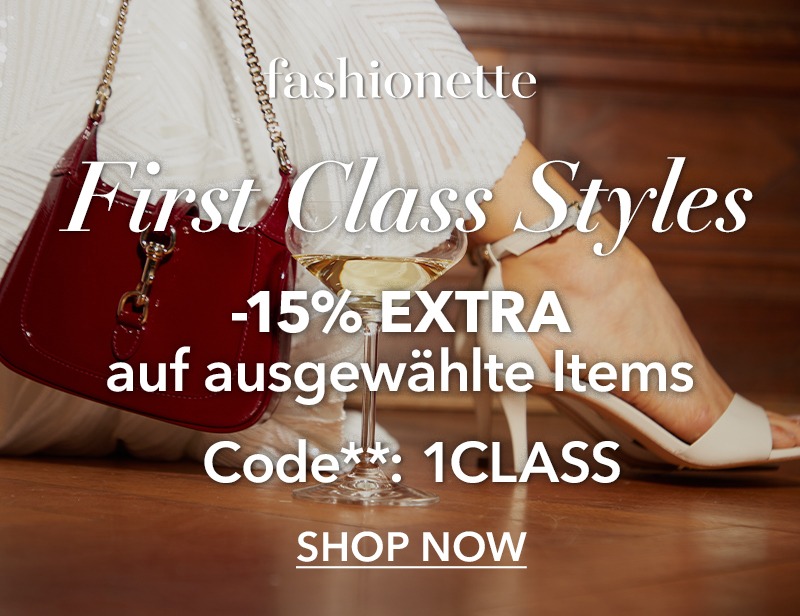Lipstick has long been a symbol of power, rebellion, femininity, and fashion. From ancient civilizations to modern red carpets, lipstick has defined beauty standards and transformed cultural narratives. Each era brings its own interpretation of color, texture, and meaning—led by iconic figures who set trends and sparked global obsession. This journey through time reveals how lipstick became more than just a makeup staple; it became a reflection of identity and influence.
Ancient Beginnings: The Power of Pigment
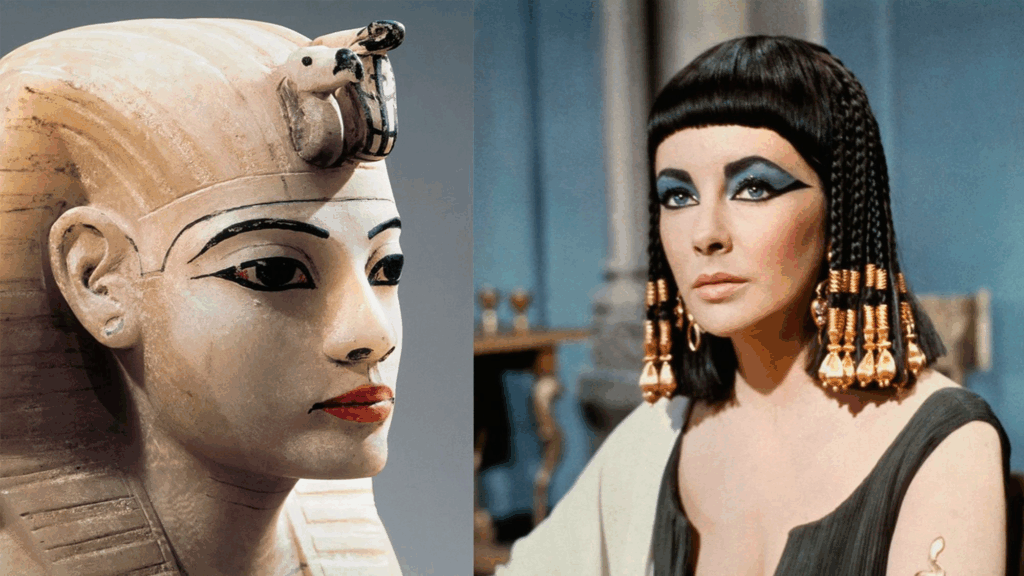
The story of lipstick begins thousands of years ago. In ancient Mesopotamia, women crushed precious jewels to decorate their lips. Meanwhile, Egyptian queens like Cleopatra used carmine beetles and ants to create rich red dyes, paired with waxes and oils. Lipstick wasn’t merely decorative—it signified status, seduction, and even spiritual power.
Across cultures, lip colors represented more than beauty. In ancient Greece, prostitutes were mandated to wear lip color in public, while in Japan’s Heian period, aristocrats favored a soft red tint made from safflower petals. These early uses laid the foundation for lipstick’s enduring symbolism.
1920s Glamour: The Flapper Revolution
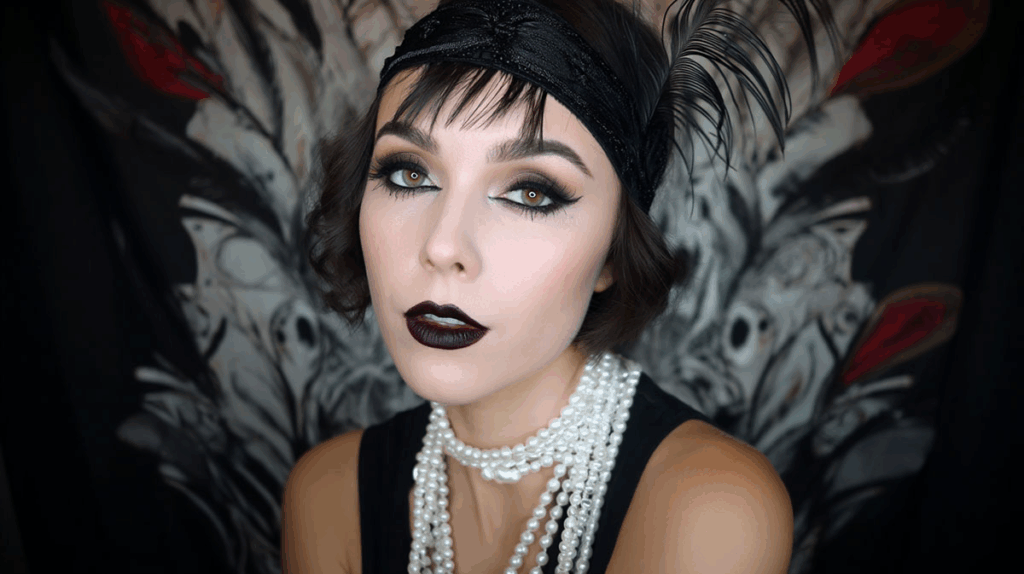
The 1920s marked the first golden age of lipstick in the modern era. As women gained the right to vote, flappers used dark, defined lips as acts of defiance and liberation. Stars like Clara Bow popularized the “Cupid’s bow” lip shape, achieved with bold red lipstick in sleek, bullet-style tubes.
This decade also saw the mass marketing of lipstick. Brands like Helena Rubinstein and Elizabeth Arden made lipstick a must-have beauty item. Women now carried their lipsticks proudly, applying it in public as a declaration of independence.
1950s Hollywood: Red Lips and Silver Screens
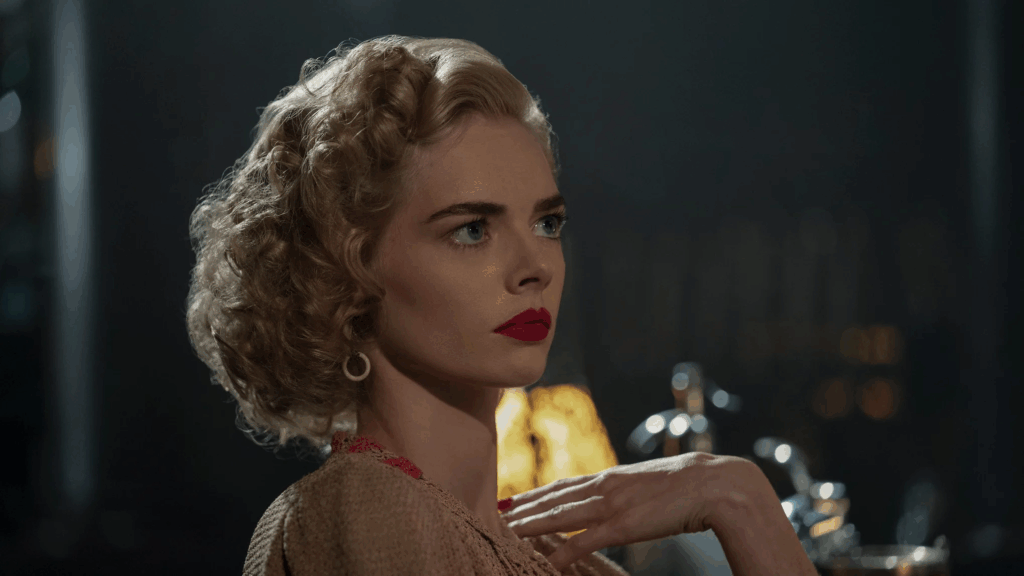
No conversation about lipstick is complete without mentioning the 1950s. This was the era of Marilyn Monroe, Elizabeth Taylor, and Audrey Hepburn—each with their own signature shades. Red dominated the decade, symbolizing confidence, glamour, and mature femininity.
Marilyn’s deep red pout, often created with layers of different shades and gloss, became iconic. Meanwhile, lipstick advertisements exploded, with slogans like “Every woman needs a red lipstick.” This era solidified lipstick as a cultural and cinematic symbol.
1970s & 1980s: From Earth Tones to Electric Glam
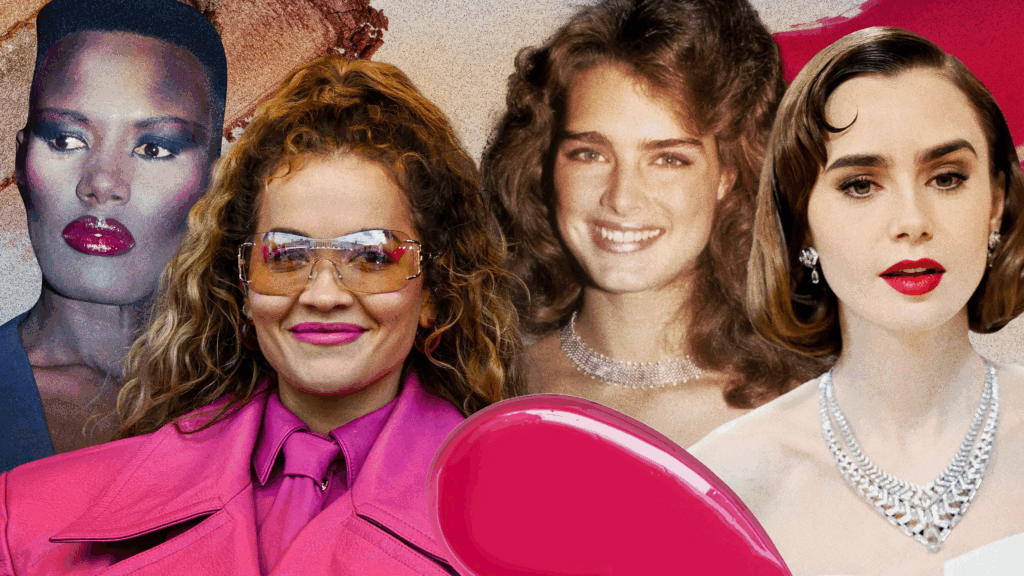
The 1970s brought a shift toward natural beauty, and lipstick followed suit. Earthy tones like terracotta, bronze, and nude became popular thanks to bohemian trends and stars like Farrah Fawcett. Lipstick was softer and paired with dewy, sun-kissed skin.
Then came the 1980s, and subtlety was tossed aside. Pop icons like Madonna, Cyndi Lauper, and Grace Jones ushered in bright pinks, purples, and electric blues. Lipstick became experimental—a form of punk rebellion and gender fluidity. Lip liner also made a dramatic comeback, defining bold shapes and colors that commanded attention.
1990s Minimalism: The Rise of Nude
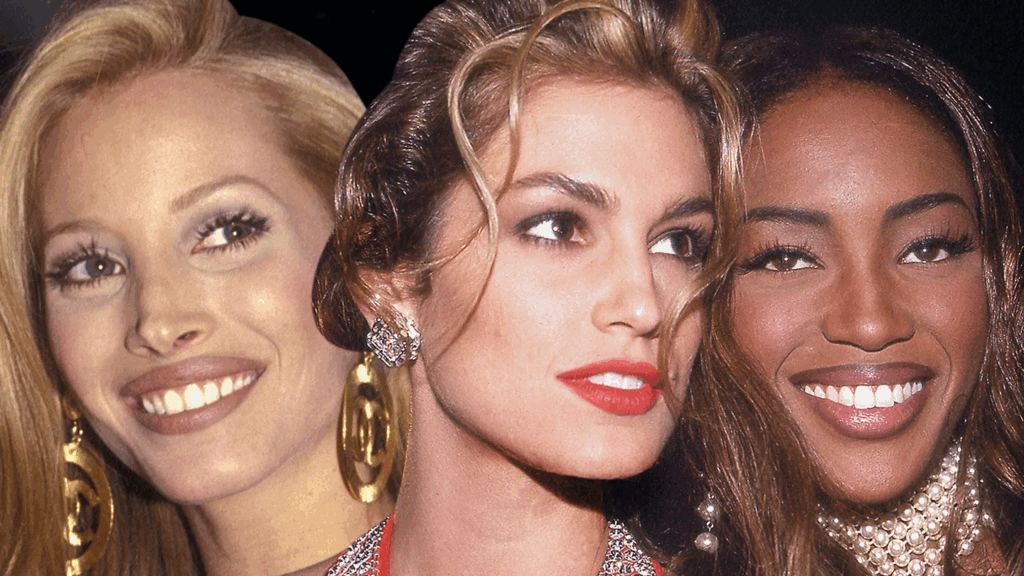
The 1990s brought a wave of minimalism across fashion and beauty. Supermodels like Kate Moss and celebrities like Jennifer Aniston made the nude lip the beauty standard. Browns, taupes, and mauves became wildly popular, paired with matte textures that offered a chic, understated vibe.
This decade also saw the rise of lip liner-heavy looks, often with darker outlines and lighter fills. The ’90s gave lipstick a versatile, everyday identity—no longer just for glam but part of the casual cool-girl aesthetic.
2000s Y2K: Glossy, Shiny, and Pop Culture Driven
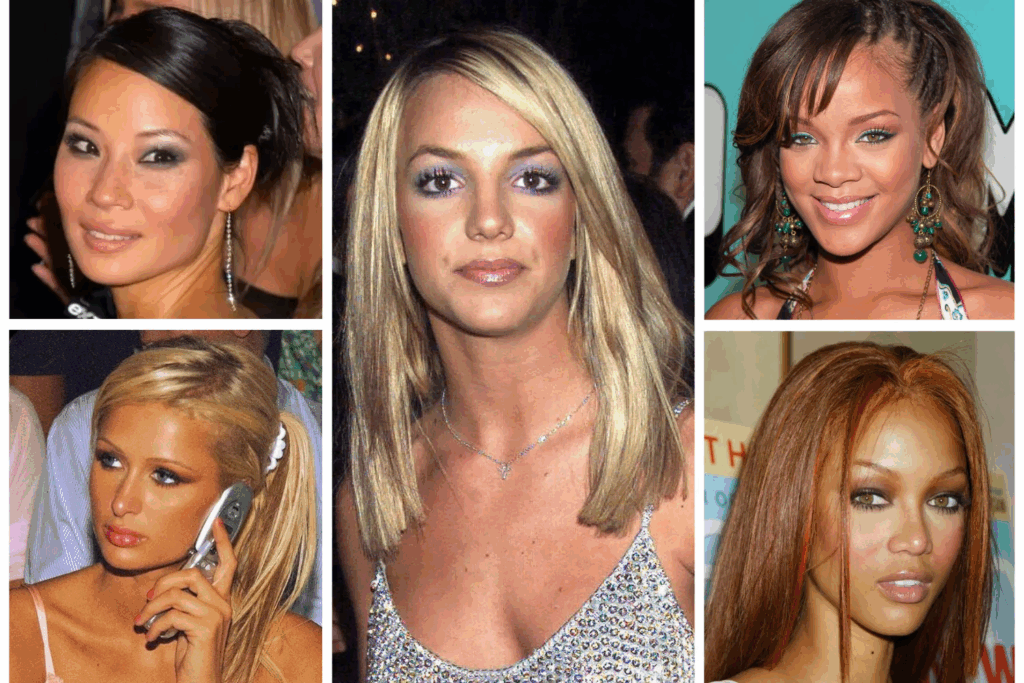
With the Y2K boom came a return to shine. Lip gloss ruled the early 2000s, inspired by pop stars like Britney Spears, Christina Aguilera, and Paris Hilton. While lipstick didn’t disappear, it took on a high-shine, sheer formula that felt youthful and fun.
Frosted finishes and bubblegum pinks were everywhere, often paired with rhinestones and glitter. This era showcased lipstick as playful, trend-driven, and inseparable from pop culture.
2010s Matte Renaissance and Bold Colors
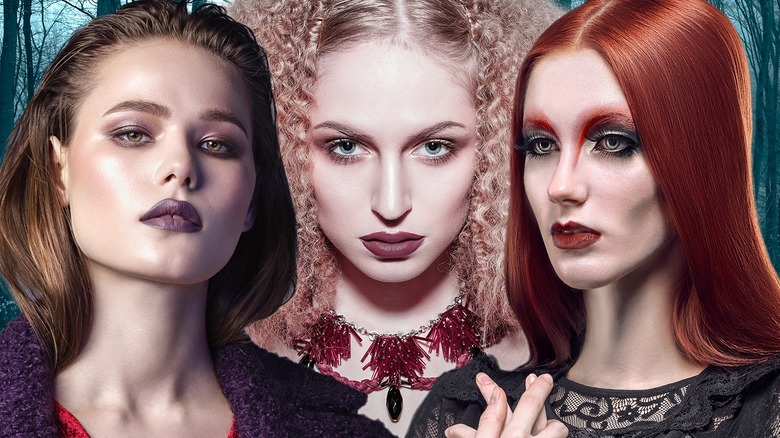
The 2010s ushered in the matte lipstick renaissance, thanks to influencers, YouTubers, and brands like Kylie Cosmetics. Deep burgundies, purples, and vibrant oranges became cult favorites. Matte liquid lipsticks offered intense color payoff and all-day wear, defining a new generation of lipstick lovers.
This decade also made way for diversity in beauty campaigns. Fenty Beauty’s wide shade range empowered more women to find their perfect lipstick match, redefining inclusivity in the beauty industry.
Modern Day: Lipstick in a Post-Pandemic World
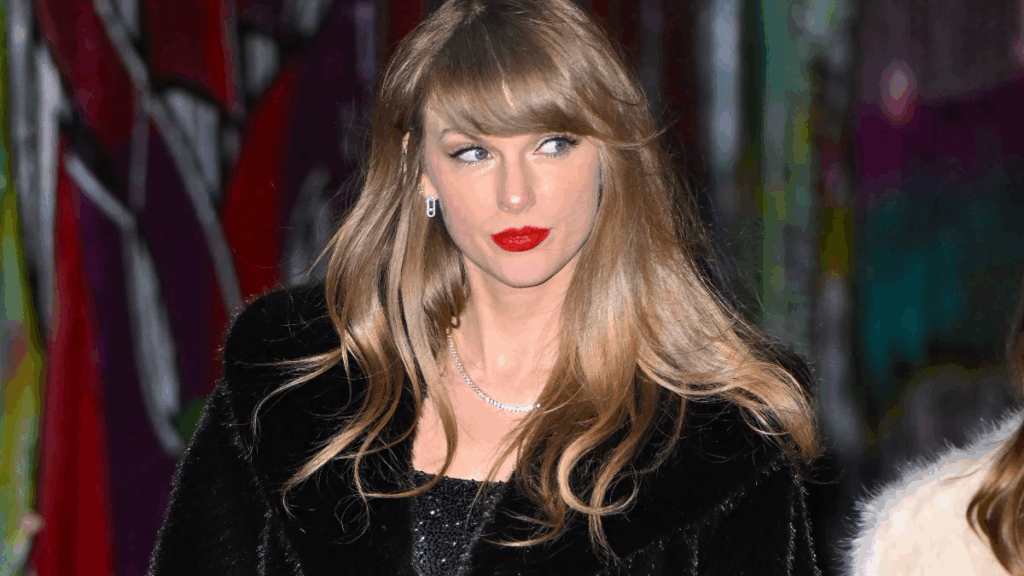
During the pandemic, lipstick sales took a hit as masks covered our smiles. But with the world reopening, lipstick is making a strong comeback—this time with more intention. Consumers are drawn to hydrating formulas, sustainable packaging, and bold shades that spark joy.
Today’s beauty icons—Rihanna, Zendaya, and Taylor Swift—continue to define new lipstick trends. From minimalist tints to avant-garde hues, lipstick is once again a symbol of self-expression. And with virtual try-ons and AI-powered shade matchers, buying lipstick is now easier and more personalized than ever.
Lipstick as a Cultural Time Capsule
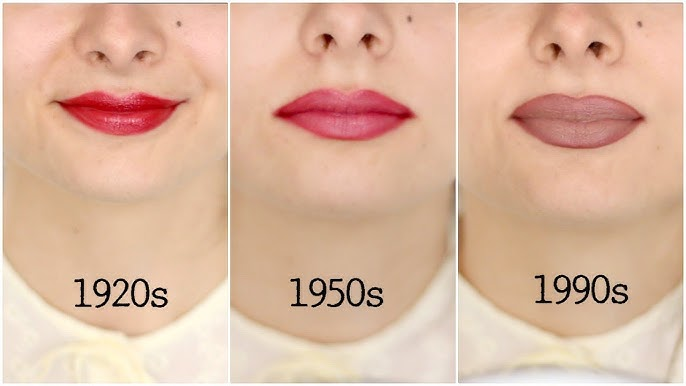
Lipstick isn’t just makeup—it’s a mirror reflecting social shifts, gender roles, and cultural evolution. Whether painted on by queens, flappers, actresses, or influencers, lipstick has remained resilient, adapting to each era while maintaining its core purpose: to empower.
In a world that constantly changes, one thing remains certain—lipstick will always be a small product with a powerful legacy. From ancient rituals to TikTok tutorials, lipstick has, and will continue to, define beauty across generations.
